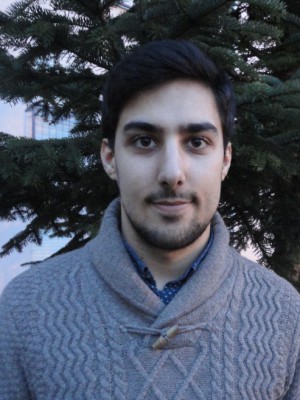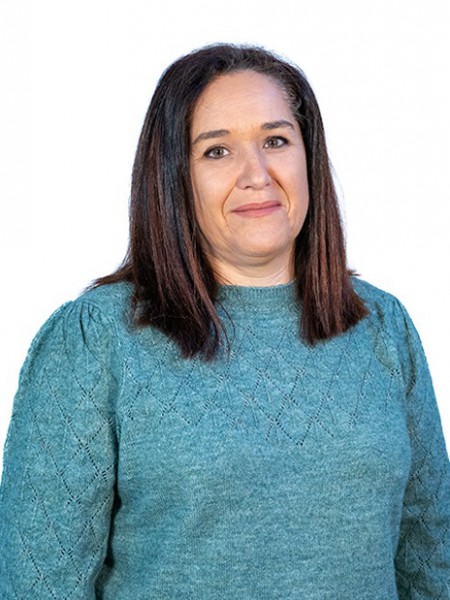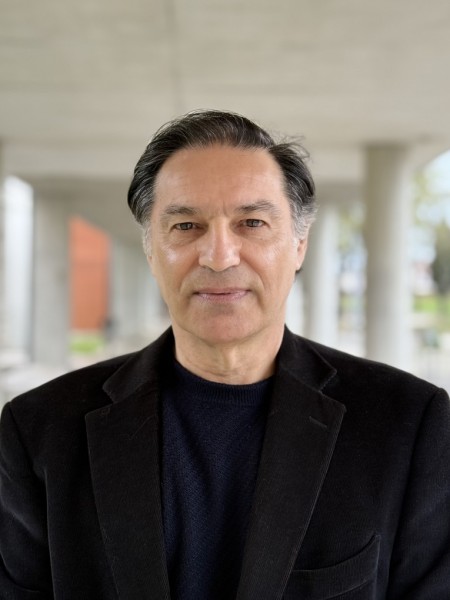resumo
Platinum (Pt) and palladium (Pd) are noble metals with a high economic and strategic value in several technologies, including catalytic converters production. This work focused on the impact of three key variables on the performance of ionic liquid (IL)-modified magnetite nanoparticles (NPs) in removing Pt(IV) and Pd(II) from aqueous solutions, in which the optimal operational conditions were identified through a Response Surface Methodology (RSM). Experimental conditions were defined by a Box-Behnken Design of 3 factors-3 levels (pH of 4, 6 and 8; sorbent dose of 100, 300 and 500 mg/L; and element concentration of 0.4, 1.2 and 2.0 mg/L). The results have shown high capacity of IL-based NPs to remove Pd. The optimal conditions leading to the total removal of Pd(II) have been found as: 1 h of sorption, pH 6.34-6.77, 391-418 mg/L of sorbent, and 1.2-1.7 mg/L of platinum-group elements (PGEs). The optimal operating conditions obtained by RSM were then tested on more complex matrices, such as bottled water and sea water with salinity 15. It was found that NPs have a high potential in removing Pd(II) from bottled water; however, in solutions with salinity 15, the efficiency decreases significantly due to competition between Pd(II) and other ions present in solution.
palavras-chave
REMOVAL; OPTIMIZATION; RECOVERY; SORBENT; MERCURY; DESIGN
categoria
Engineering; Water Resources
autores
Almeida, JC; Cardoso, CED; Neves, MC; Trindade, T; Freire, MG; Pereira, E
nossos autores
Grupos
G1 - Materiais Porosos e Nanossistemas
G4 - Materiais Renováveis e Economia Circular
G5 - Materiais Biomiméticos, Biológicos e Vivos
Projectos
CICECO - Aveiro Institute of Materials (UIDB/50011/2020)
CICECO - Aveiro Institute of Materials (UIDP/50011/2020)
Associated Laboratory CICECO-Aveiro Institute of Materials (LA/P/0006/2020)
agradecimentos
The authors acknowledge the financial support to LAQV-REQUIMTE within the scope of the projects UIDB/50006/2020 and UIDP/50006/2020, financed by national funds through the FCT/MCTES. This work was developed within the scope of the project CICECO-Aveiro Institute of Materials, UIDB/50011/2020 (DOI 10.54499/UIDB/50011/2020) , UIDP/50011/2020 (DOI 10.54499/UIDP/50011/2020) & LA/P/0006/2020 (DOI 10.54499/LA/P/0006/2020) , financed by national funds through the FCT/MCTES (PIDDAC) . Joana C. Almeida acknowledges FCT/MCTES (Fundacao para a Ciencia e Tecnologia and Ministerio da Ciencia, Tecnologia e Ensino Superior) and ESF (European Social Fund) through NORTE 2020 (Programa Operacional Regiao Norte) for the PhD grant SFRH/BD/139471/2018 and COVID/BD/152965/2022. Celso E. D. Cardoso acknowledges FCT/MCTES (Fundacao para a Ciencia e Tecnologia and Ministerio da Ciencia, Tecnologia e Ensino Superior) and ESF (European Social Fund) through NORTE 2020 (Programa Operacional Regiao Norte) for the PhD grant 2021.06684.BD. Marcia C. Neves acknowledge FCT for the research contract CEECIND/00383/2017/CP1459/CT0031 (DOI 10.54499/CEECIND/00383/2017/CP14 59/CT0031) .






